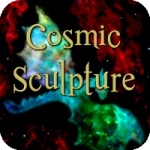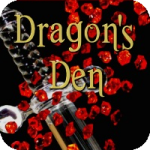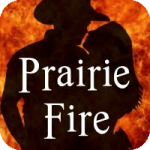
WRITING GENRE FICTION
[©2025 Terri Branson • All Rights Reserved]
Genre fiction is a writing style that restricts a work (anything long enough to be broken into chapters, which includes novels, novellas, and long short stories) to one tense (past or present), one person (third or first), and one point-of-view (POV) character per scene.
Other aspects of genre fiction formatting include proper dialog tag placement, good grammar practices, and clear implementation of special devices such as flashbacks.
Most genre fiction novels are written in simple past tense using third person with one POV character per scene. This is known as “Third Person Deep Limited,” and it’s the format I use for all of my works.
Stories that shift POV character mid-scene (also called head-hopping), change tense from past to present, and/or shift from first person to third person at any time within the story are classified as “mainstream unformatted.” Any one of these can cause a work to be considered mainstream.
Works predating about 1985 usually run to some degree of head-hopping, while almost always maintaining both tense and person. As a general rule, the only thing these older works did was head-hop. They never violated tense or person.
Genre fiction is by far the best format for telling a long story with many chapters and many characters. Readers never get lost with genre fiction, because it creates a template to keep them aware of who, what, when, where, and how. You can do anything with genre fiction. It provides the means to tell flashbacks, side stories, give backstory without information dumps, and more. It is the magic formula for telling a modern fiction story.
I gravitated to genre fiction construction from the beginning of my descent into the madness of becoming a writer. It allows me to tell a story in a logical fashion, so my readers never get lost.
THIRD PERSON DEEP LIMITED is the genre fiction standard in third person construction. Known simply as third person or genre fiction, this writing style offers the best canvas for creating complex novels with chapters and multiple characters. POV (point-of-view) is restricted to one character per scene. The entire story is told in simple past tense (ran, saw, told) using third person (no switching to first person).
FIRST PERSON construction tells the whole story in simple past tense from the viewpoint (POV) of one character. POV cannot be switched to another character.
MAINSTREAM, also known as mainstream experimental, is the term used to describe unstructured, non-literary writing construction. With mainstream, writers observe no rules with respect to viewpoint, tense, or person. Mainstream allows books to have sections which are written in first person, to switch persons in first person, to switch back and forth from first to third person, to switch POV between multiple characters in a scene (also called head-hopping), and to switch from past tense to present tense. Mainstream is often referred to as "pulp fiction."
Here are some examples of works using genre fiction:
Cosmic Sculpture [SFF Anthology] • Dragon's Den [Science Fiction] • Musk Rain [Paranormal Romance] • Prairie Fire [Western Romance]



